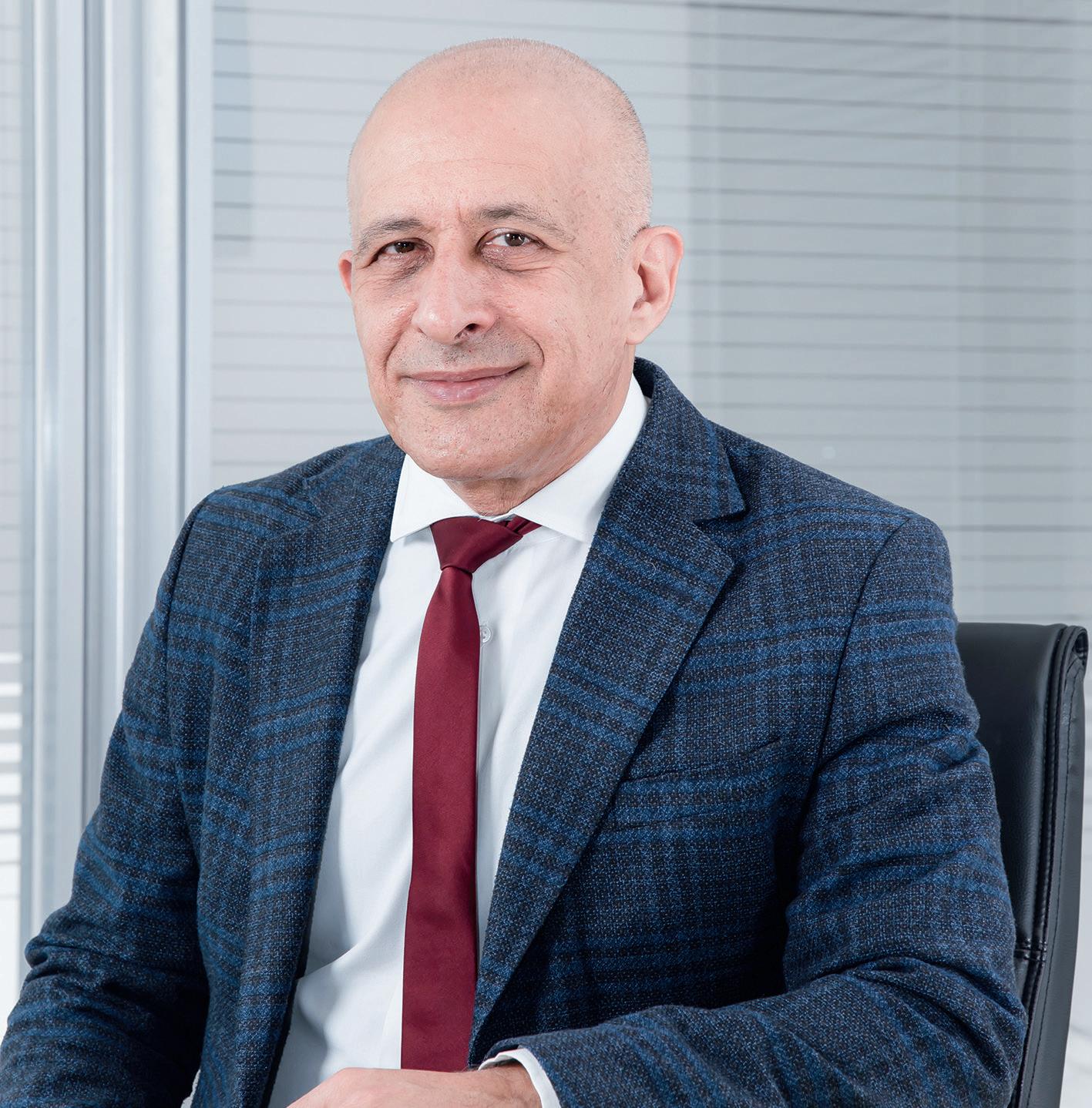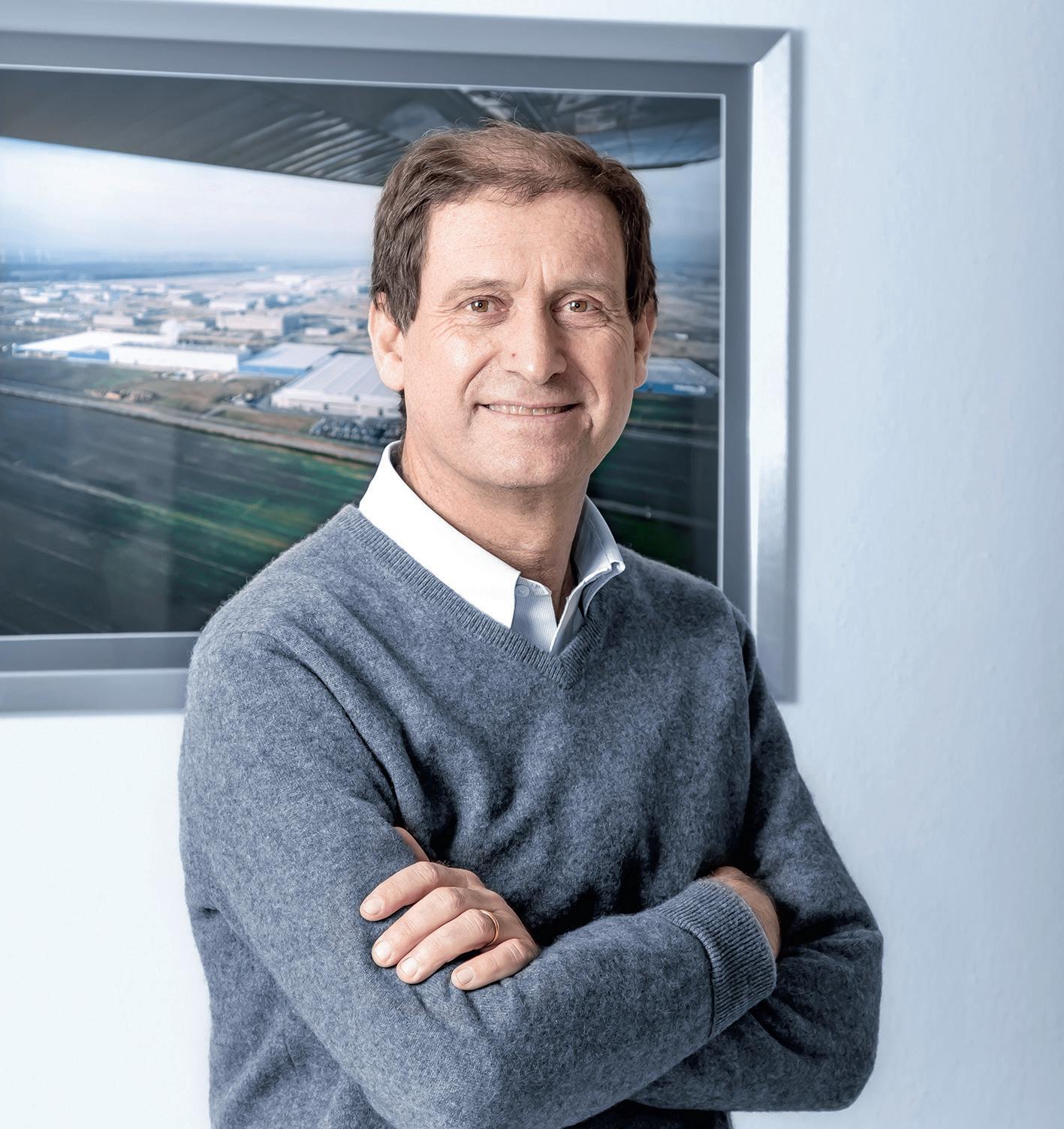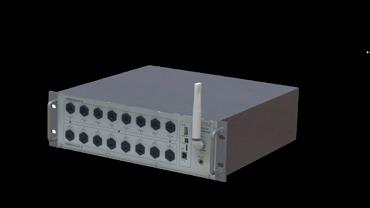
6 minute read
Synthesised gas offers dramatic reductions in carbon emissions
The burning of fossil fuels in industrial applications to generate heat and power is one of the greatest contributors to global greenhouse gas emissions, according to the United Nations’ Intergovernmental Panel on Climate Change (IPCC).
Process heat used in manufacturing represents around 25 per cent of the world’s energy consumption. Action to reduce this source of carbon dioxide (CO2) is therefore one of the main targets under the European Commission’s ambition for climate neutrality by 2050.
Advertisement
Leading global tissue producer Sofidel is the second-largest tissue producer in Europe and well-known for its Regina brand, among others. The Italy-based company takes its responsibility to reduce its environmental impact very seriously. A pillar of its strategy is to achieve a 40 per cent reduction in its CO2 emissions per tonne of paper produced by 2030 compared with the base year 2019.
The Science Based Target Initiative (SBTi), which promotes best practices in line with climate science, has approved this target as being consistent with limiting global warming to well below 2 Centigrade degrees.
As part of this commitment, and with the help of Andritz Novimpianti, gasification technology specialists Meva Energy, and the University of Pisa, Sofidel has identified an opportunity for an annual reduction in CO2 emissions of 8,500 tons through a project at its Kisa tissue mill in south east Sweden, a project that was first reported in Pulp Paper & Logistics for May-June 2022 as part of a hood upgrade by Andritz Novimpianti. In common with many tissue plants, Kisa uses liquid petroleum gas (LPG) to generate process heat for tissue drying – for now.
Now more details of the project’s potential can be revealed. Through a 10-year agreement between Meva Energy and Sofidel Sweden, Meva Energy will operate a thermochemical conversion plant with the capacity to generate at least 4.2 MW of gas on site at Kisa, using locally-sourced woodchips as biofuel. During the first half of 2023, the renewable gas production will replace fossilbased LPG for a substantial part of Kisa’s tissue drying needs.
According to Meva Energy, onsite generation in combination with not having to refine the gas to pure methane is the basis for reaching a high conversion efficiency along with CO2 reductions that are more substantial than with conventional types of biofuel. The Meva Energy system also produces biochar, a stable form of renewable carbon that creates a carbon sink and can be used for soil improvement.

A paper-drying first Bio-syngas is not a direct substitute for LPG however. With its lower energy density, bio-syngas requires significant downstream modifications to enable the Andritz 3.4m CrescentFormer PM3 tissue machine at Kisa to perform to its potential. This is where Andritz Novimpianti has played a vital role with its long experience in air and energy systems for tissue, paper, and board.
Managing director of Andritz Novimpianti Luca Linari explains: “This is the first time that syngas or bio-syngas has been used to dry paper – any type of paper. Andritz has several current CO2-reduction initiatives across its portfolio but this project shows particularly interesting potential. It is a significant step for the whole paper industry and for sustainability but also a stimulating technical challenge.”

The different characteristics of bio-syngas when compared with LPG mean it is necessary to replace the burners and upgrade the combustion chamber in the hood of Kisa PM3, to ensure the uniform flow of gas and therefore heat that is essential for effective and consistent tissue drying. PM3 will be 100 per cent reliant on bio-syngas for paper drying while PM4 at the same mill will be partially fed by bio-syngas. It is also possible to use bio-syngas to generate electrical power using a turbine, but the Kisa project is focussed on heat for now.
This specific application at Kisa of burners within the hood for tissue drying based on bio-syngas is also a world first for the paper industry.

“The volume of gas is bigger with syngas compared with LPG, which has an impact on the flow, so the main challenge is to keep combustion even,” continues Linari. “In addition, the combustion chamber and fans are integrated within the hood on PM3 at Kisa, which means we have less space to work with. But we are confident that the combination of the specially-designed burners and modifications within the hood itself will enable a strong drying performance combined with the crucial environmental benefits which are the main motivation behind this project.”
Detailed modelling essential
Before Sofidel and Andritz Novimpianti could be confident that the proposal for Kisa would perform in practice on the scale of a commercial tissue machine, it was necessary to perform detailed modelling.
This is where the Department of Civil and Industrial Engineering at the University of Pisa stepped in as an essential contributor to a collaborative feasibility study with Sofidel and Andritz Novimpianti. The university’s Professor Chiara Galletti takes up the story: “We developed a model for operating the hood that would reflect the change in gas composition from LPG to bio-syngas. The composition of bio-syngas makes it challenging for combustion and thermal power, so using computational fluid dynamics (CFD), we could verify that the new fuel would provide a stable flame and flow of heat without excessive production of CO2 or pollutants such as carbon monoxide and nitrogen dioxide.
“This was a complex and detailed modelling scenario, involving dozens of processors and numerous simulations that each ran for 10 days or more. But we needed to be rigorous to be
What is Syngas?
Syngas, short for synthesis gas, is produced by the gasification of a carbon-containing fuel such as coal or, in the case of Sofidel at Kisa, biomass, when it is known as bio-syngas. A challenge with using syngas is its relatively low energy density but it brings benefits of lower carbon emissions and the ability to generate renewable power.
sure the combination of Meva Energy’s gasification and Andritz Novimpianti’s hood technology could produce a stable flame, acceptable emissions, and effective drying performance. The results were very encouraging and not only for this single project. We were also able to simulate other biofuel inputs and establish the scalability of the technology, too.”
For Sofidel, Kisa represents a landmark installation. Says Sofidel’s technical chief Davide Mainardi: “There are many elements to achieving our target of a 40 per cent reduction in emissions by 2030 compared with 2018. Cumulative changes throughout our operations are important: a shoe press, for example, can reduce the energy requirement of a tissue machine with consequent carbon-reduction benefits. But we also need to be ready to take more radical steps and the adoption of bio-syngas at Kisa, which will achieve an annual reduction in CO2 emissions of 8,500 tons, is a major feature on our roadmap towards 2030 and beyond.
“The ultimate goal of carbon neutrality will not happen without huge commitment and unprecedented levels of innovation from us and our suppliers. We are looking at many potential solutions to achieve the CO2 reductions we need, but SBTi has helped define our goals in relation to specific climate targets. As an approach to tackling Scope 2 emissions, this initiative with Andritz Novimpianti, Meva Energy, and the University of Pisa brings concrete benefits which will yield results within a relatively short timeframe. It will also help give us confidence that our interim goal of a 40 per cent reduction in CO2 emissions by 2030 is achievable with available technology.”
With the help of Andritz Novimpianti, Meva Energy, and the University of Pisa, Sofidel’s Kisa mill is set to be a reference point for best practice in tissue mills as the tissue sector strives to reduce, and ultimately eliminate, fossil-based CO2 emissions. The project represents not only a tissue industry first but is pioneering for all process industries. The Meva Energy plant is the first in the world to use bio-syngas (or any form or syngas) for industrial process heat and Andritz Novimpianti has harnessed this capability with an unprecedented solution applicable to tissue manufacturing, which is flexible according to local biofuel sources.

“Science-based targets require a scientific approach,” says Linari. “It’s a privilege to be involved in such a landmark project where analysis and innovation can help significantly towards a reduced environmental footprint for a world-class tissue producer.”

Stop collecting paper samples! SmartScan™ measures paper dryness 24/7, safely .




Improve your press section efficiency! SmartScan™ contactless sensor accurately measures paper web dryness after the press section 24 hours a day, 7 days a week. Using a proprietary microwave technology, it is developed to overcome the typical limits of the NIR (near-infrared) sensors. SmartScan™ is available both for fixed point positions or traversing web scan. To save hundred of thousands of Euros in energy costs, stop collecting samples, choose the safe accuracy of SmartScan™ technology.









